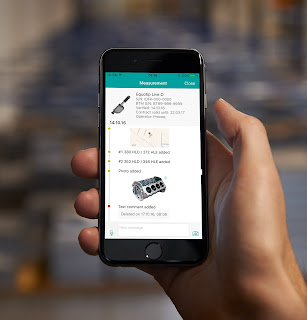Considerations Before Performing Portable Hardness Testing
Portable hardness testers help perform hardness testing on-site or in-situ. This form of testing is required for two reasons – to confirm that the test piece meets required specifications and to check the quality of a new sample test piece. There are different known methods of conducting portable hardness test . However, before choosing a particular method over another, these parameters of the material and the process needs to be considered thoroughly: The material type of the sample that is being tested. If there is an approximate value of the hardness of the material? Whether the material is homogeneous or heterogeneous? What is the size of the material being tested? Does the testing result need to be compliant with a specific standard? How accurate the testing result needs to be? What are the number of samples that need to be tested? Whether the test piece needs to be mounted or not for carrying out the test? Other factors...
